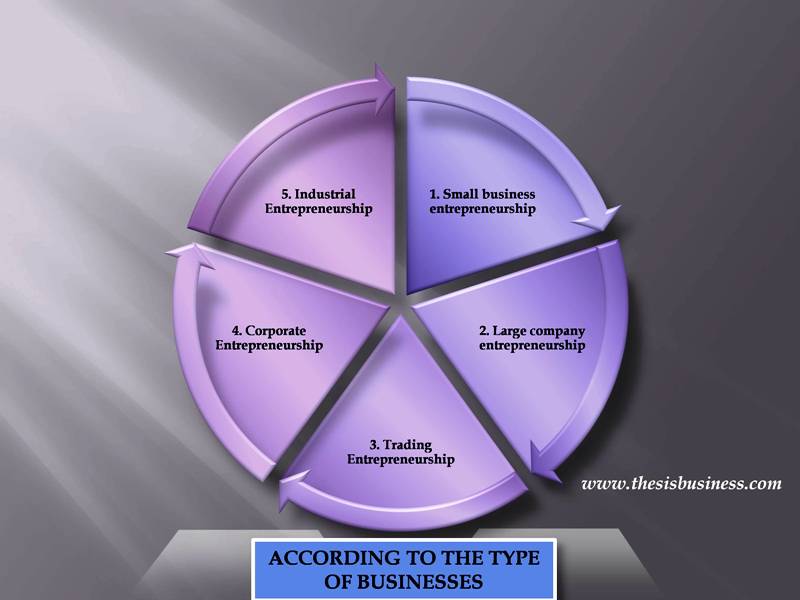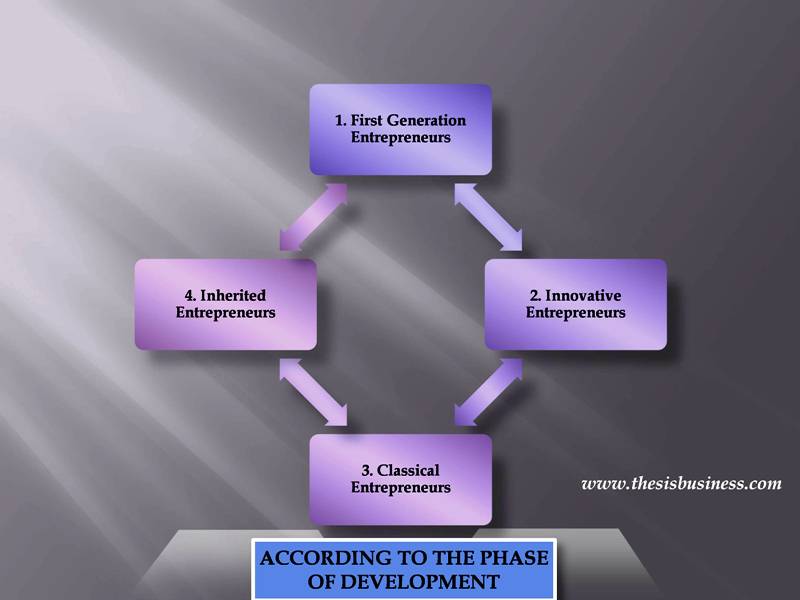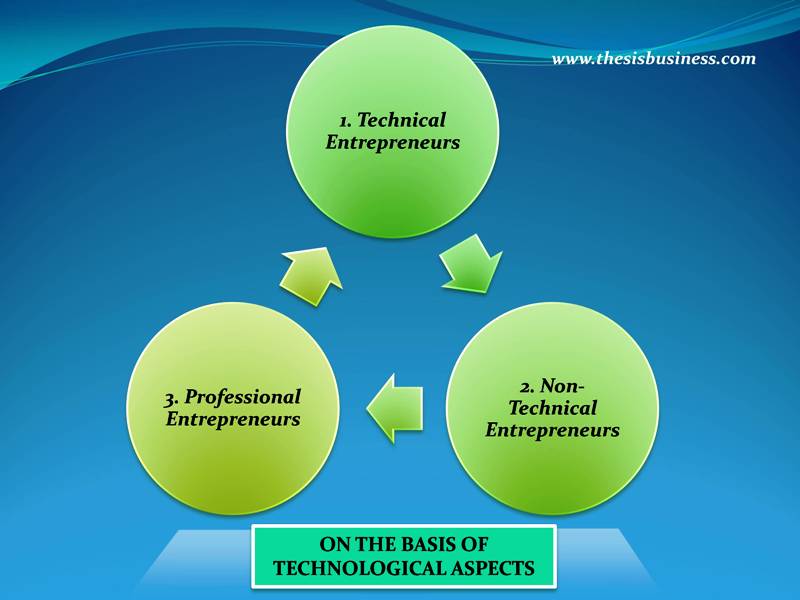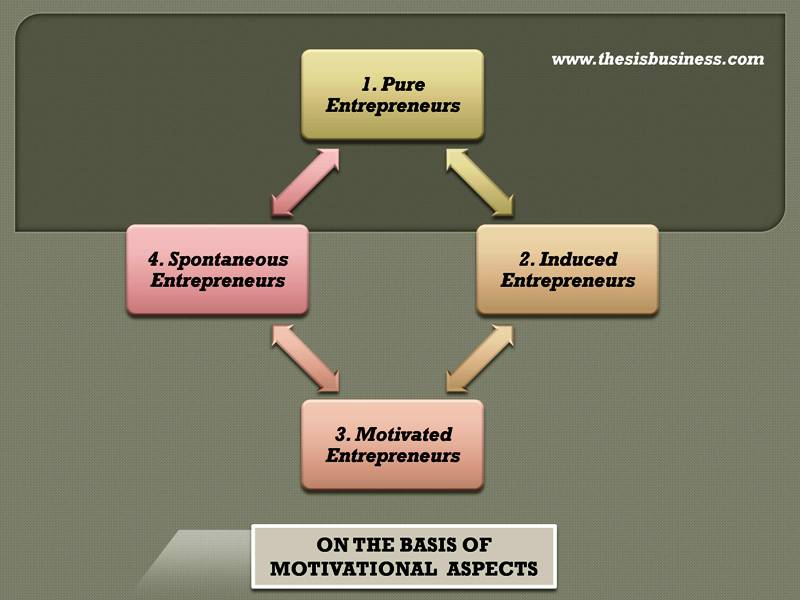In today’s world, there are 582 million entrepreneurs. This means that one out of every thirteen individuals owns a company! While there is a lot of conversation about entrepreneurship, not everyone understands what it really means. In this article, we will understand the classification, types of entrepreneurs, and entrepreneurship.
Here’s a guide to a more in-depth article on the topic.
Introduction
An entrepreneur is an individual who starts a new company and bears the majority of the risks while reaping the maximum of the benefits. Entrepreneurship often refers to the process of starting a company. The entrepreneur is many times portrayed as a pioneer, a source of novel concepts, products, services, and/or business processes. Entrepreneurs are invaluable to any economy because they have the expertise and take initiative to anticipate needs and bring good new ideas to market.
Liberalization and new economic policies have opened the doors for any entrepreneur to pursue his or her own fortunes and thus contribute to economic development. They are the driving forces behind a country’s economic growth.
Table of Contents
Types of Entrepreneurship –
According to researchers who have researched entrepreneurial behavior, there are various forms of entrepreneurs. It’s difficult to categorize entrepreneurs into different groups. Entrepreneurial taxonomy can be done in a variety of ways. Entrepreneurs can be categorized in a variety of ways.
CLASSIFICATION OF ENTREPRENEURSHIP ACCORDING TO THE TYPE OF BUSINESSES

1. Small business entrepreneurship –
The vast majority of companies are small businesses. People who want to start a small business are usually looking for a way to support their families while maintaining a modest lifestyle. They aren’t looking for large sums of money or investment capital. Small business entrepreneurship refers to when a person owns and runs their own company.
2. Large company entrepreneurship –
When a business has a limited number of life cycles, it is referred to as large company entrepreneurship. This is a form of entrepreneurship for a seasoned professional who understands how to maintain a high level of innovation.
They are always part of a wide group of senior executives. To meet market demand, large corporations often develop new services and products based on customer preferences. When a small business expands quickly, it can transform into a large corporation. This can also happen if they are acquired by a big corporation. This form of entrepreneurship can be seen in companies like Microsoft, Google, and Disney.
3. Trading Entrepreneurship –
Those who engage in trading activities are known as trading entrepreneurs. These business owners aren’t interested in manufacturing. They place a greater focus on product distribution and marketing. They locate potential markets, generate demand for the commodity, and persuade people to purchase it. Agents and wholesalers, for example.
4. Corporate Entrepreneurship –
Corporate entrepreneurs are those who are creative in their approach to planning and handling business ventures. A trust established under the Trust Act, for example.
5. Industrial Entrepreneurship –
Those who specialize in manufacturing and development activities are known as industrial entrepreneurs. They determine the needs of the consumers and creates a product to meet those needs. They are usually product-oriented business owners. A manufacturer of automobile spare parts and computer accessories, for instance.
Types of Entrepreneurs –
The entrepreneurs can also be categrized on the basis of various persepective. There are different types of entrepreneurship which depends upon nature, phases, technology, chalenges and innovation. So let us now classify the different entrepreneurs such as follows.
CLASSIFICATION OF ENTREPRENEURS ACCORDING TO THE PHASES OF DEVELOPMENT

1. First Generation Entrepreneurs
A first-generation entrepreneur is someone who starts a business based on his or her creative abilities. He employs creative concepts to combine different factors of production to provide marketable products or services. He is the first person to start his own company. Despite the fact that such an individual may come from a business family, such entrepreneurs can start their own company.
2. Innovative entrepreneurship
Entrepreneurs who are actively coming up with new ideas and technologies are known as innovative entrepreneurs. They take these concepts and transform them into profitable businesses. They frequently seek to improve people’s quality of life. People who are highly motivated and passionate are more likely to be innovators. They look for ways to differentiate their goods and services from the competition. Innovative entrepreneurs include people like Steve Jobs and Bill Gates.
3. Classical Entrepreneurs
A classic entrepreneur is one who follows a set of rules. He aspires to maximize earnings on a consistent basis. There may or may not be a component of growth. These business owners place a higher value on the company’s survival.
4. Inherited Entrepreneurs
These company owners have inherited family business or have prior experience in a family business. These business owners may want to branch out from their family business.
CLASSIFICATION OF ENTREPRENEURS ON THE BASIS OF TECHNOLOGICAL ASPECTS

1. Technical Entrepreneurs
A technical entrepreneur is one who focuses primarily on development. He is well-versed in technical terms. He puts his technological skills to good use and shows his ability to think outside the box. He is often referred to as a technocrat.
2. Non-Technical Entrepreneurs
A non-technical entrepreneur places a greater emphasis on marketing. He seeks to come up with new ways to sell products. He also uses a variety of marketing techniques to promote his business.
3. Professional Entrepreneurs
A professional entrepreneur is someone who uses creative thinking to start a company. He is more interested in starting businesses than in operating them. Once the company is up and running. The company will be sold by the entrepreneur to someone else.
CLASSIFICATION OF ENTREPRENEURS ON THE BASIS OF MOTIVATIONAL ASPECTS

1. Pure Entrepreneurs
A true entrepreneur is one who is guided by both psychological and financial factors. They take on entrepreneurial tasks for a variety of reasons. A person’s ability to manage risk, desire for a higher social status, desire for social recognition, and desire to make money motivates them to engage in entrepreneurial activities.
2. Induced Entrepreneurs
The term “induced entrepreneur” refers to someone who embarks on a business venture as a result of government incentives and subsidies. The government’s financial and technical assistance encourages people to start new businesses.
3. Motivated Entrepreneurs
They are driven by a desire for consciousness. They emerge as a result of the ability to create and sell new goods. They are often driven by financial considerations.
4. Spontaneous Entrepreneurs
Because of his natural talent, an individual is able to become an entrepreneur. These business owners are self-assured and emerge as challengers. They start their own business and make use of their skills. They have a strong belief in their abilities and are extremely resourceful.
Conclusion –
An entrepreneur, depending on complex and combinations of economic, sociopolitical, and other factors in an organization, conducts several activities from time to time and even simultaneously. The world’s entrepreneurs are the wisest minds who leave an indelible mark on humanity’s past. Emerging technological industries’ burst of creativity and innovation holds enormous promise for economic development and technological business growth. People identify and then push feasible ideas when creativity is connected to technology, and the entrepreneurial process begins.
Reference
1. https://books.google.com/books/about/Entrepreneurship_and_Economic_Developmen.html?id=deeFDAAAQBAJ
2. https://books.google.com/books/about/Innovation_and_Entrepreneurship.html?id=OiuDBAAAQBAJ
3. https://ecestudy.files.wordpress.com/2015/02/entrepreneur-types-and-functions.pdf
4. https://onlinebusiness.northeastern.edu/blog/types-of-entrepreneurship/
